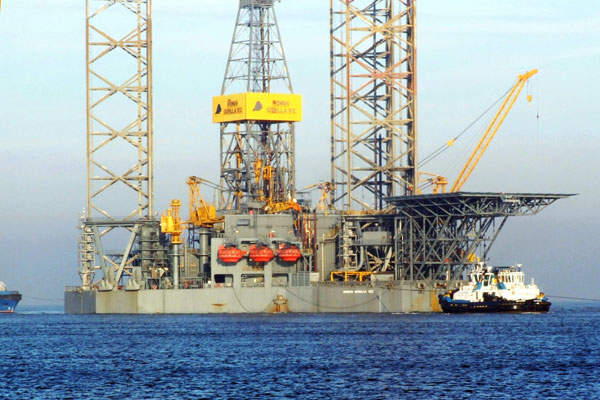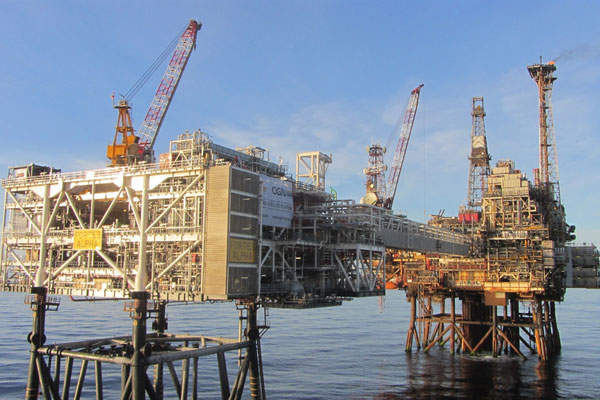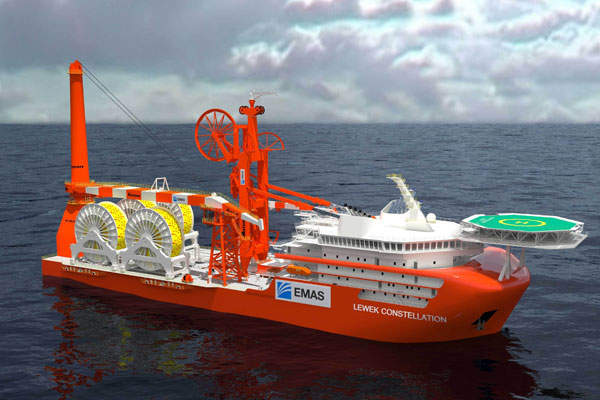Aviat is a shallow gas field located in Block 22/7A in the Central North Sea in a water depth of approximately 81m. It lies 41km from the UK/Norwegian median line and 188km from the Scottish coast. Being developed by Apache Corporation, the development will include a carbon steel tie-back to the Forties Alpha platform.
The field will supply fuel gas to the Forties field, which is located 23km away. The fuel gas will be used to offset the use of diesel for power generation on either of Forties Alpha, Forties Charlie or Forties Delta platforms.
Development drilling and subsea infrastructure installation on the Aviat field will begin in the third quarter of 2015 and the field is scheduled to come online in the second quarter of 2016.
Apache’s environmental statement for the Aviat field was approved in consultation with the Joint Nature Conservation Committee (JNCC), Marine Scotland (MS), the Maritime and Coastguard Agency (MCA), the Ministry of Defence (MoD) and the Northern Lighthouse Board.
Aviat gas field discovery, geology and reserves
Discovered in 2010 by the Aviat-1 well, the Aviat field lies in the Early Pleistocene Crenulate sands that are present within a mid-Miocene to mid-Pleistocene Eridanos Delta complex. The field consists of 99% methane gas.
With estimated recoverable reserves of 54.5 billion cubic feet (bcf) of gas, the field is anticipated to produce up to 2031.
Aviat offshore field development
The field development will involve drilling two subsea production wells, in the same drill centre, using the Rowan Gorilla VII, a jack-up mobile drilling unit (MoDU).
The drilling will be performed using both water-based mud (WBM) and low-toxicity, oil-based mud (LTOBM). The cuttings acquired from the WBM sections will be released back into the sea, whereas those from the LTOBM sections will be shipped for treatment and disposal onshore.
The subsea development will be linked to a pipeline end manifold (PLEM), which will be tied back to the Forties Alpha Platform by means of a 23km-long pipeline of 8in diameter. The pipeline will be positioned in a backfilled trench with an adjacent control umbilical.
The pipeline will be covered by rocks for approximately 6km around the region where the pipeline is placed on the seabed surface.
The topside of the Forties Alpha platform will be modified to enable it to receive gas from the Aviat field. The modification will be completed in two phases with the second phase requiring compression. The safety zone of the platform will be equipped with a subsea isolation valve (SSIV).
The access points of the platform, the PLEM and the pipeline crossings will be secured using mattresses. Disturbances caused on the seabed by the installation work will take up to ten years to heal.
Forties offshore field details
Discovered in 1970 by BP, Forties is the biggest oil field in North Sea. The field was acquired by Apache Corporation in 2003.
It has five fixed platforms named Forties Alpha (FA), Forties Bravo (FB), Forties Charlie (FC), Forties Delta (FD) and Forties Echo (FE), which lie in a water depth ranging between 95m and 128m.
The liquids processing and gas compression capacity of Forties Alpha was enhanced by the installation of the Forties Alpha Satellite Platform (FASP) in 2014, which also added 18 new well slots.
Key players involved with the Aviat offshore field development
EMAS AMC, the subsea division of EMAS, was awarded the project management, detailed engineering, procurement, installation and pre-commissioning contract for the pipeline and umbilical. The company will install and pre-commission a 23.2km rigid pipeline and 24km of umbilical via reel, flexible riser, spools and structures, as part of the contract.
EMAS Marine Base Gulen, EMAS AMC’s new spoolbase in Norway, will fabricate the rigid pipeline. EMAS AMC’s pipelay reel vessel, Lewek Express, will perform the offshore installation.
UK-based company EXHEAT has been selected to provide an Ex D (explosion-proof) electric gas flow heater and safe area thyristor control for the project.
Flexlife was awarded the subsea project management and engineering support contract for the project in May 2015.





